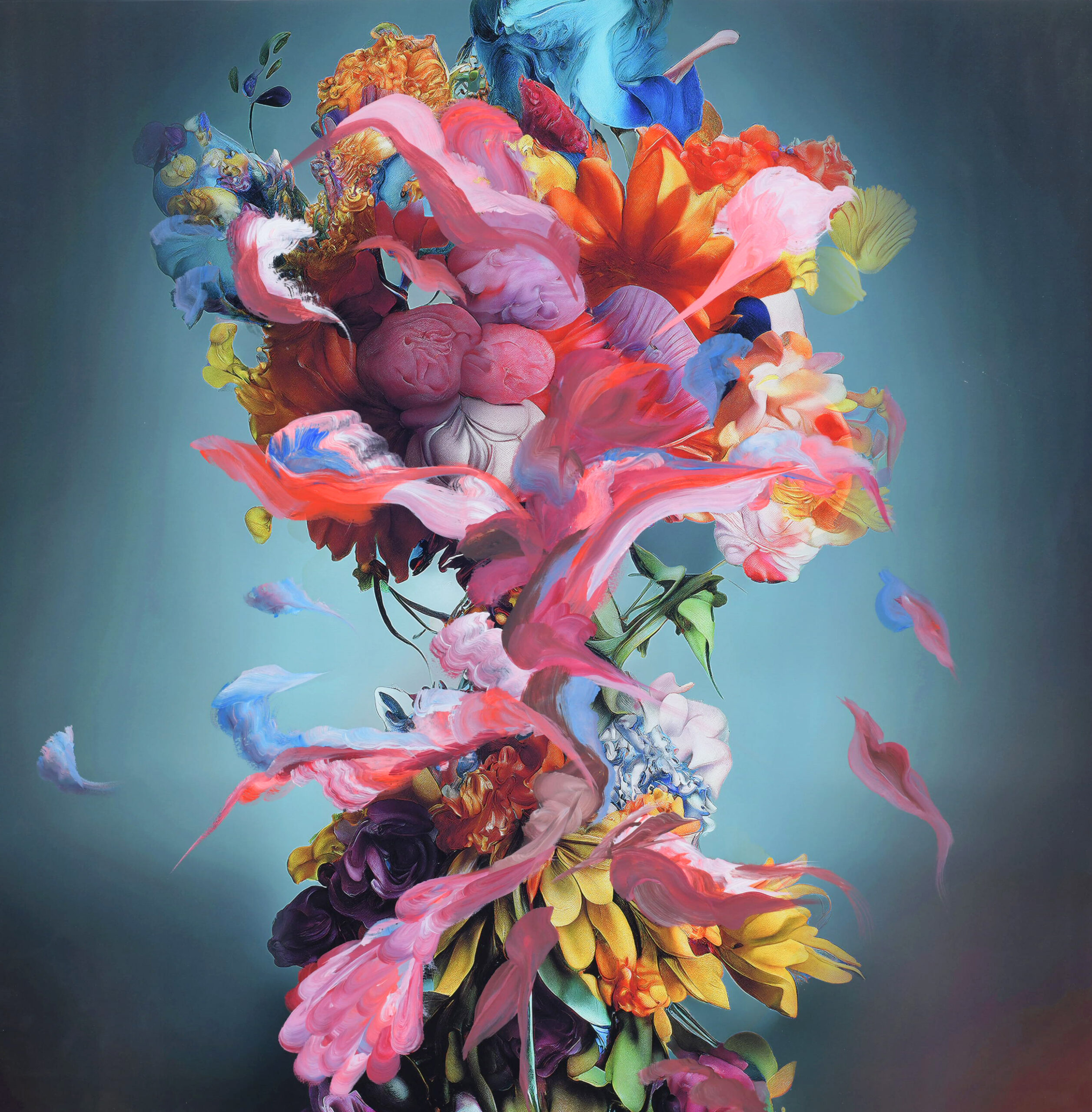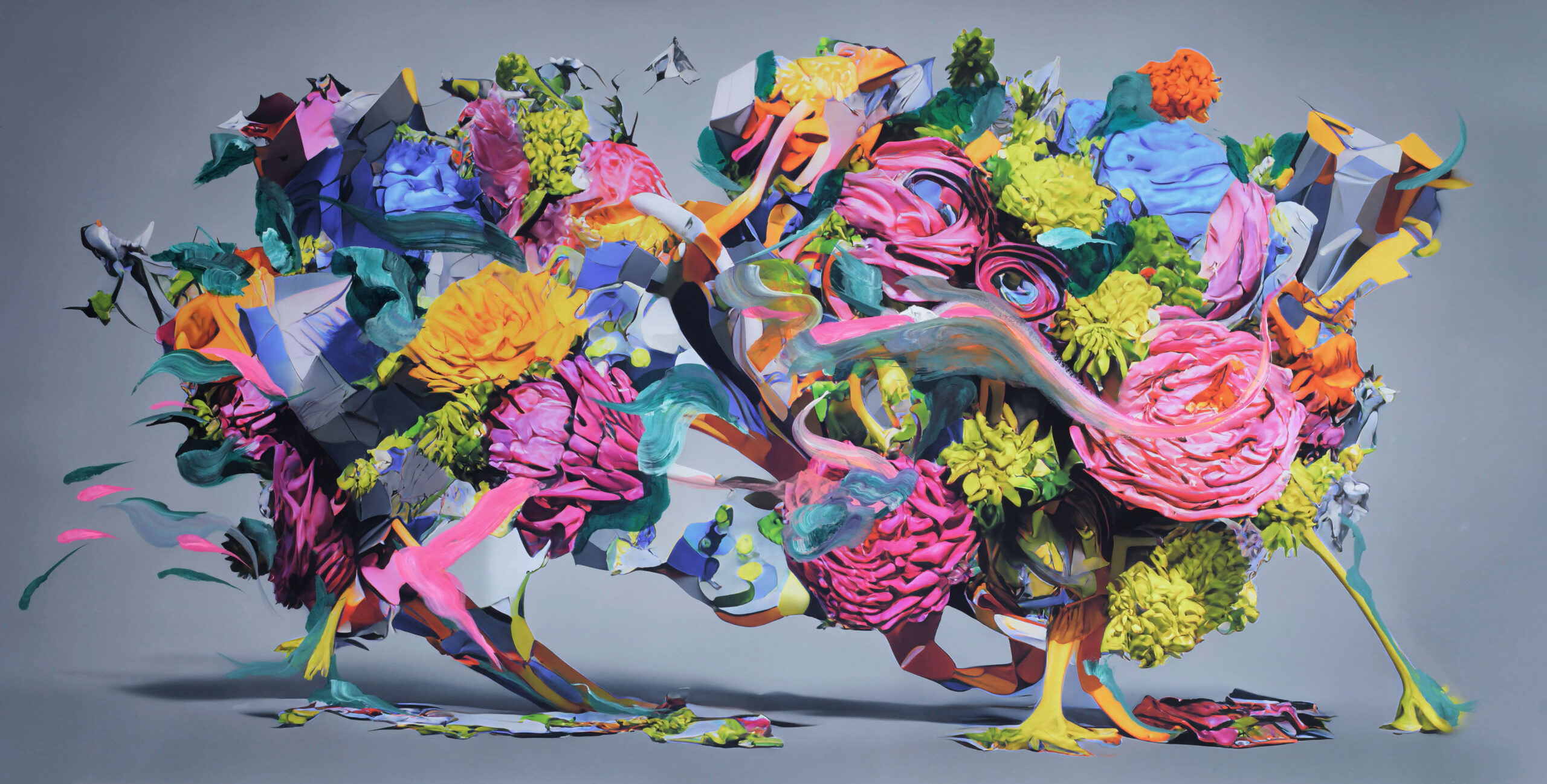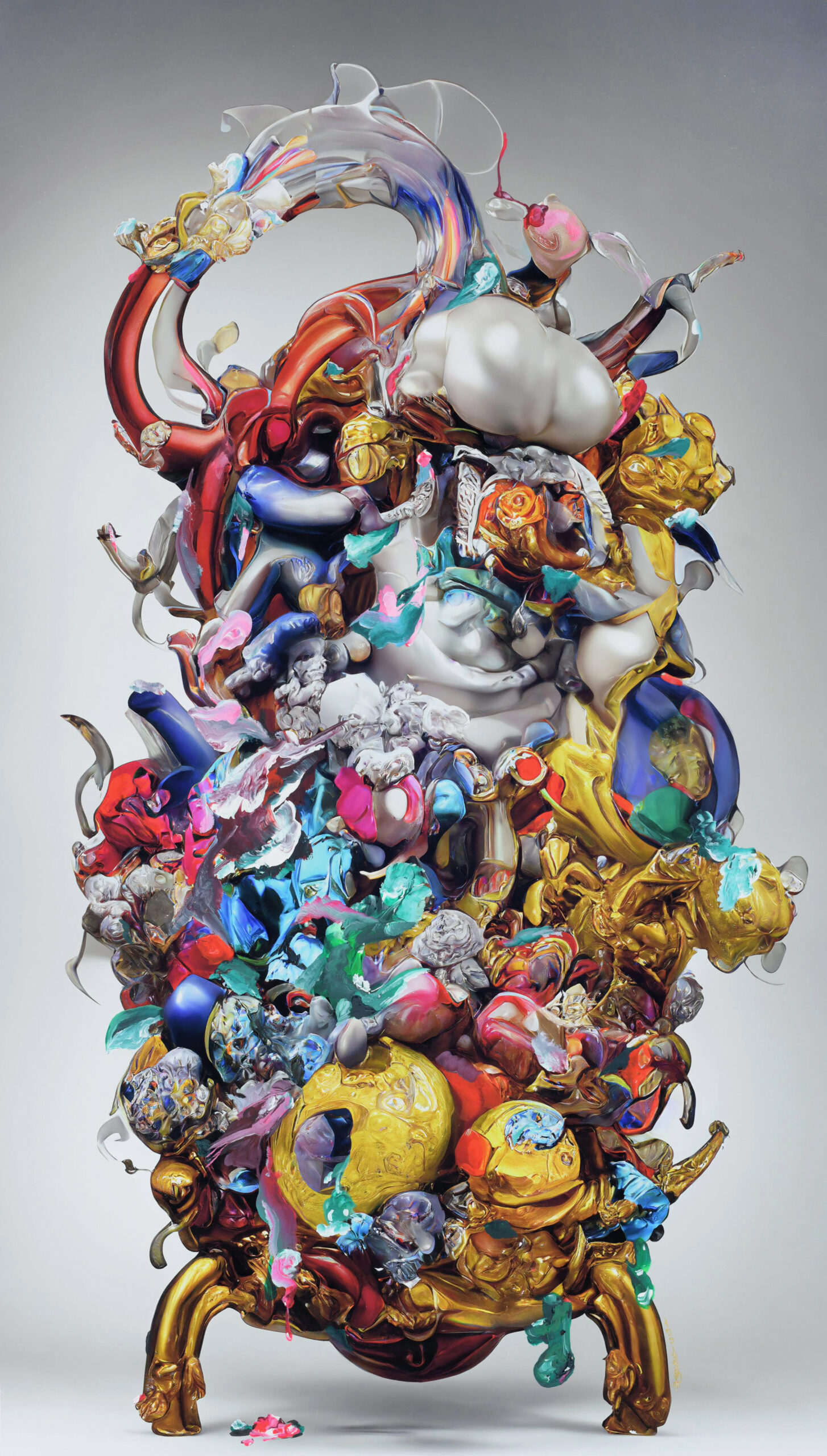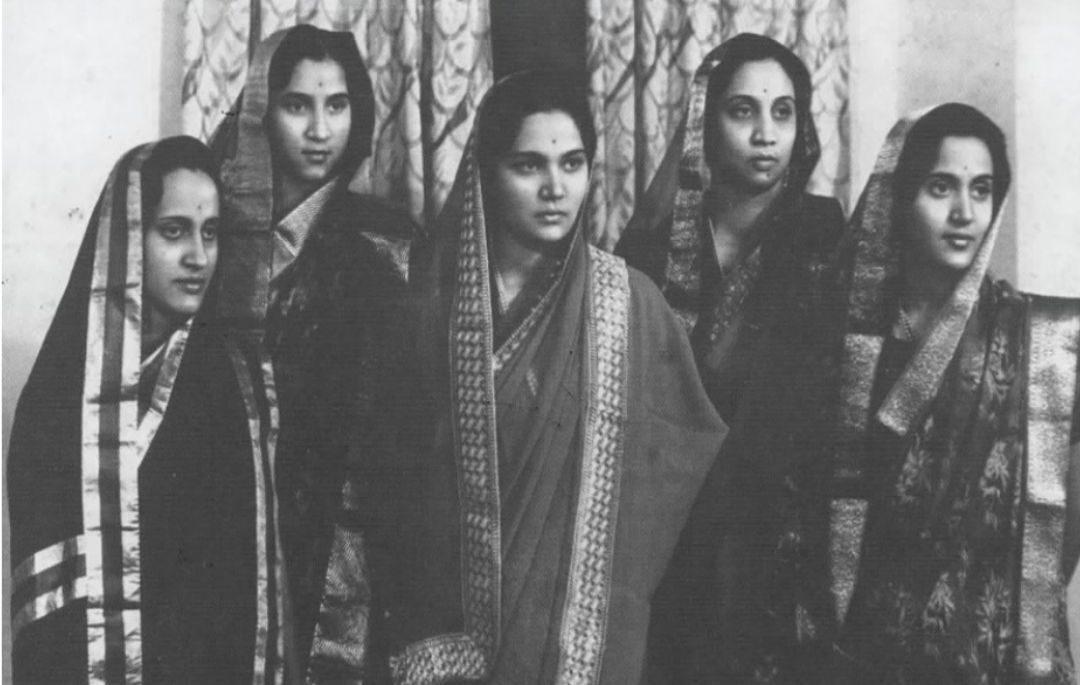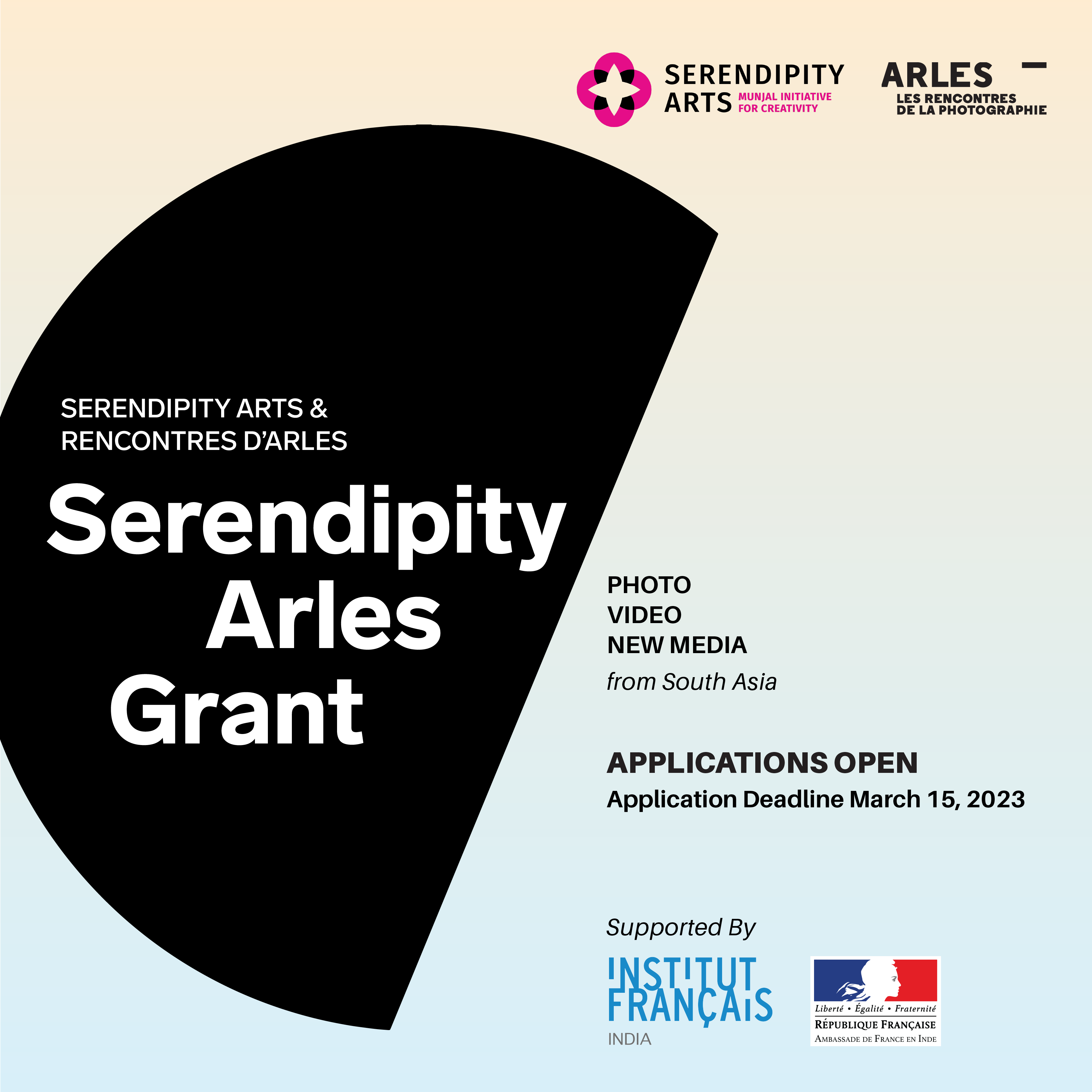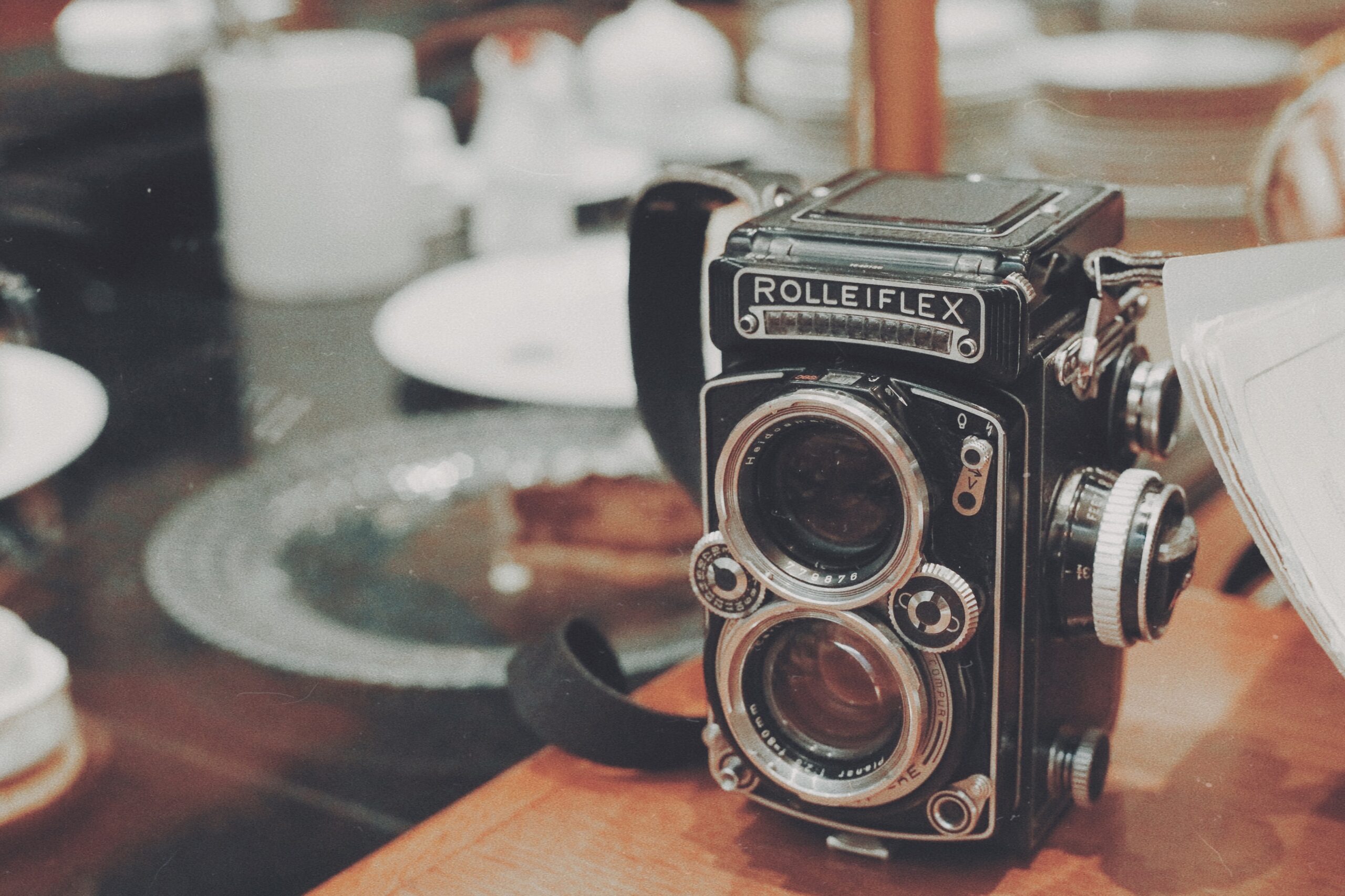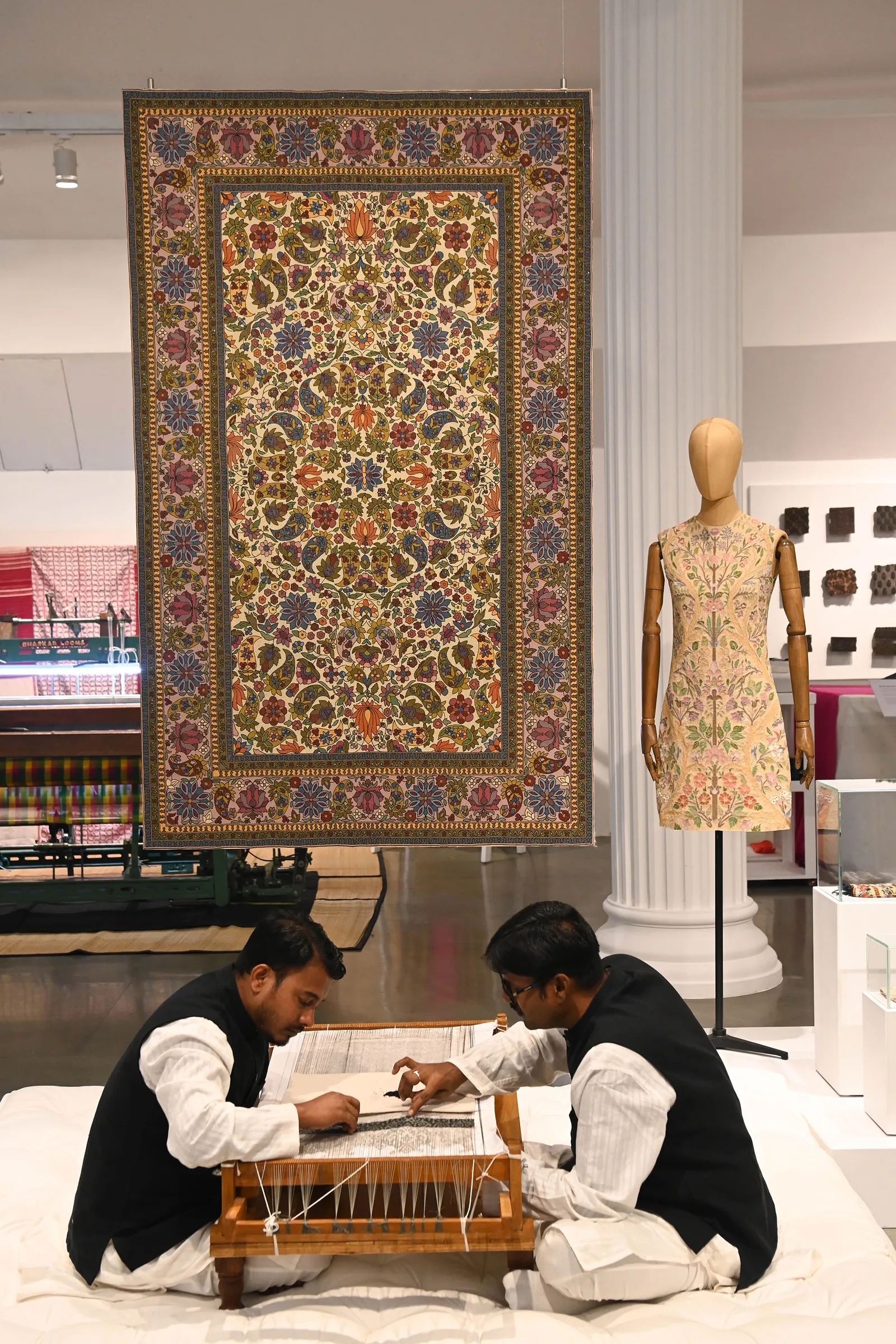Raghava KK is a well-known figure that can be found anywhere. You might run into him shopping in a street market in Bangalore dressed as the Mad Hatter while starring in the Netflix documentary Creative Indians, or in the wilds of Colombia after a re-birthing Shaman experience. You might spot him in a gallery in Bali, at a Ted talk convention, or even at The White House. Most recently though, you could find him at his hugely successful art show titled ‘The Impossible Bouquet’ where he raised the question, “Can we shape our collective futures using AI disruption as a springboard?”
Raghava’s pioneering encounter with AI uses the image of a bouquet to unify the show. Instead of a predictable, pleasing composition of flowers, the artist brings together strange, even impossible materials such as recycled plastic, food, intimate parts of the body, and hand-blown glass fused with metal to create stunning visuals that are a ‘provocative, playful, and an intimate encounter between humans and machines’.
Curated by Feroze Gujral, the series explores the multi-disciplinary artist’s encounter with what is currently the biggest disruption to the creative world- artificial intelligence. He explains that this series is inspired by the Dutch tradition of still-life painting. Using flowers belonging to different seasons, which can never coexist through human-machine interface, Raghava takes the image of the bouquet and brings it to life in his characteristic playful fashion, using impossible combinations and arrangements, bizarre substances, and quirky geometries, which are both ‘provocative and intimate’.
Allowing the machine to take control of his creative process causes visible anxiety that is endearingly evident in his works. Passionate about the endless possibilities that technology offers, he emphasises that “it is essential for artists to think like scientists while scientists need to be more creative in how they look at the world. I think it is very important to bring these worlds together for a better tomorrow.”
Raghava is no stranger to the Art-AI disruptor. His $94,500 NFT at Sotheby’s La Petite Mort (part of The Orgasm Project) went under the digital hammer after a starting bid of just $100 and set a new record for Indian artists, earning him the moniker ‘NFT-Punk’. The ‘phygital’ piece was created along with data scientist Harshit Agrawal, neuroscientist Abhijeet Satani, and material scientist Ben Tritt.
At Home with the Artist.
Although he is back on his hectic travel schedule post-COVID, he is most comfortable in his Bangalore home studio, a kind of Neverland he has created for himself after moving house over 21 times. Here he can ideate, paint, sculpt, party, or simply ruminate over his next eureka moment in his enormous mounted bathtub ‘with a view of the peaceful Jayamahal suburban street below’.
Raghava sees himself not only as an artist but also as a dad, lover, artist, storyteller, son, entrepreneur, academic, experimenter, investor, learner, hacker, activist, mentor, and most importantly, a person with his own needs and dreams. He was living the big American dream in a big mortgage-free home, with a beautiful wife and four kids until he wasn’t. He talks about his creative journey and about reinventing his life post-COVID after his 17-year marriage to his childhood sweetheart Netra Srikant fell apart.
“I was hanging out with the likes of Jeff Bezos, Tom Hanks, and Oprah Winfrey. President Obama invited me to the White House. We had our home, our glitzy circle of friends. Things should have been perfect, but our marriage was in trouble.We moved back to India with our four kids to work it out. But we couldn’t and Netra moved back to the States with my children. I’m still coping with it, learning how to let go, yet keep the ties that bind strong.”
Recreate, not Reinvent.
“Formal education needs to be recreated, not reinvented.” says Raghava, “My parents put more emphasis on culture and ethics than the classroom, although my dad said ‘do a good job of basic education, and then you can experiment with life’. I aced my board exams, and became a professional cartoonist.
“I think ‘education’ is what a system does to you, and ‘learning’ is what you do to yourself. Education is supposed to lead to learning. Learning requires curiosity, vulnerability, an ability to understand underlying structures, power dynamics, all of these things. And education is supposed to help you navigate that. Education taught me who I am in this world, but it never taught me what I could be. I think my creativity taught me what I can be.”
I was obsessed with cartoons because they didn’t take themselves too seriously, they treated the most difficult topics with humour. I quickly realised that you could teach or learn difficult topics through cartoons. Getting into mainstream publications as a young cartoonist was impossible so I started a cartoonist academy. I always loved working with children, because they are brutally honest, they are so curious about the world. I taught over 5000 children cartooning all over the world – I had never been abroad, my first trip was to America. Then the Indian government sponsored me to go to Europe and represent India at the World Trade Congress. I sat there and I told stories about India. If you came to our booth, I would draw you in an Indian setting, caption it ‘See you in India’ and sign my name.”
“In January 2020, I had returned from Colombia, Turkey, France, Spain, Germany, Italy, Dubai, Bali – I had set up shows for the whole year and was sold out before showing. A museum had commissioned a large sculpture, I had set up a studio in Bali, and then COVID happened. That one week, I got emails from every single person cancelling everything – my no-risk investments tanked and I had to start from scratch, overnight.”
“The most exciting part of my work is its collaborative nature. That saved me. I have a diverse ecosystem that provides solutions I couldn’t have even dreamt of. After my divorce, Karthik (my twin brother who went through a divorce at the same time) and I wrote a thesis together called ‘Transcendence for the Post Human Age’ – where is God in the cyborg age? We published our thesis in the Critical Collective, an aesthetics magazine. Then we were approached by Nature Morte, India’s leading Art Gallery in New Delhi, to curate the world’s first AI art exhibition. We got artists, scientists and technologists from seven countries to participate in a collaboration of art and science, highlighting the importance of artists to think like scientists and be rigorous in their perception and thought processes. At the same time, scientists need to be more creative in their view of the world. I believe art will not save humanity. Humanity has to save humanity. But it will be art that is the only thing that makes humanity worth saving.”
Respond, don’t React.
“After COVID, the immediate future of art was uncertain – there were no shows, the land sharks were circling galleries trying to buy them out cheaply, collectors were concerned that art was becoming an unaffordable luxury. It was crazy! To top it all, my kids were leaving for America. We had this beautiful parting and I came back very inspired, and created this whole series of 10 paintings on children who I think are dark, beautiful, confused, crazy, but magical.”
Accessible Art
“I want my work to be accessible and affordable. I want people who can’t buy my work for, say, $50,000, to afford it at $3000. It starts with an interview. Then I collage some elements and draw some elements, then I go to the iPad, compose it on Photoshop, print it on canvas, draw with my gold or copper marker, then spray it and fix it. It’s a limited edition of three prints per image that are unique. I’ve opened a whole new relevant art affordable line, which is the death of ‘high art’. I don’t care, I want to be relevant. I want to sustain my life with both the people and those individuals who believe in me.”
Words by Jackie Pinto.
Images courtesy of Raghava KK and The Gujral Foundation.
